The New York Times Reflects On Post-Liebeck Life
Recently, The New York Times published a “Retro Report” on the infamous Stella Liebeck McDonald’s hot coffee case. The report included a 12 minute video on the “facts” of the case which contained interviews from the parties’ attorneys as well as a Wake Forest professor. Since we have already written ad nauseum about the facts and published a comprehensive FAQ file on the case, we will refrain from any unnecessary repetition. That said, the writer Hillary Stout’s well-done article, however, presents some novel issues worthy of comment. So here we go again.
Stout’s point is this: Regardless of your opinions on the merits of the Stella Liebeck case, significant safety advances have been made in the field of coffee safety – sculpted lids, lower serving temperatures, cup holders, et cetera. – since the verdict was rendered more than 20 years ago. While the actual effect of the Liebeck lawsuit on these advances is unclear, Stout’s point is well-taken. But, what common product with any potential to cause injury hasn’t been made safer over the last two decades? No matter the product, we should always seek safer, more convenient alternatives. Coffee is no exception. The advances in serving coffee are certainly designed with safety in mind. Interestingly, however, none of the safety advances involved lowering the serving temperature to less than 130 degrees – the temperature at which Dr. Turner Osler testified in the Liebeck case could have caused her third-degree burns. While the report states that McDonald’s has lowered its serving temperature from 180-190 degrees to 170-180 degrees (that of Starbucks), the lowered temperatures would not prevent burns such as Liebeck’s. Despite the advances, one fact remains: people like coffee hot.
As Stout properly points out, coffee, at least that purchased from restaurants, is far more prevalent today than it was in Liebeck’s era. No one who has ever driven past a Starbucks at 8:00 a.m. would contend otherwise. With greater consumption comes the increased chance of injury. Despite all of these safety advances, coffee accidents still occur. Stout reports that an average of 80 people a year are hospitalized for coffee and tea burns (many of which occurred at home) at the William Randolph Hearst Burn Center at New York-Presbyterian/Weill Cornell Medical Center. Whether the cup is more insulated or contains a sculpted lid, people will continue to have accidents when drinking a hot beverage. But, not everyone will file suit over it. Hot liquids, whether 130 degrees or 170 degrees, will burn if spilled. Absent lowering the temperature to a point at which the beverage becomes undrinkable, no safety advance will change that.
On another note: Remember the time The New York Times cited to our blog about the McDonald’s hot coffee case? If not, see here for more on that fateful day.





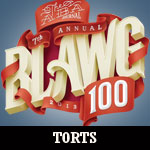

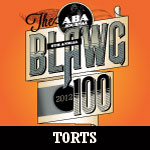

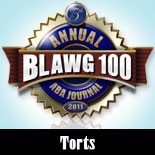
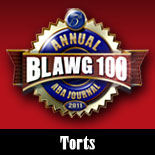

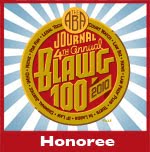


Pingback: Food roundup - Overlawyered